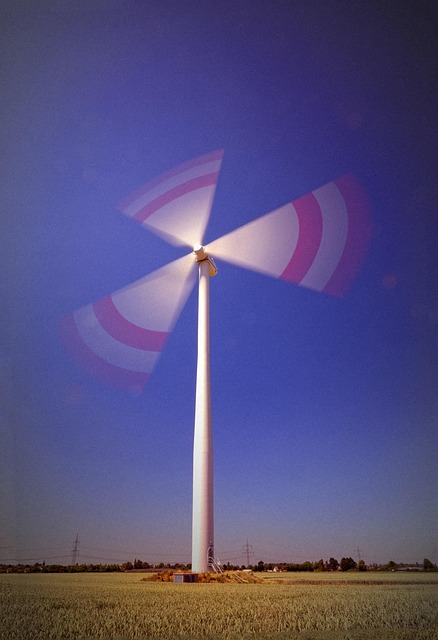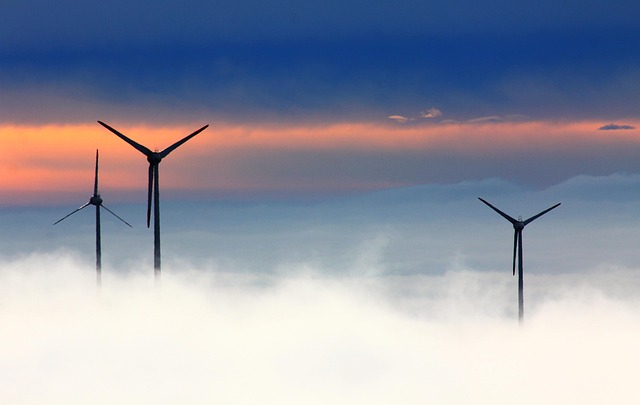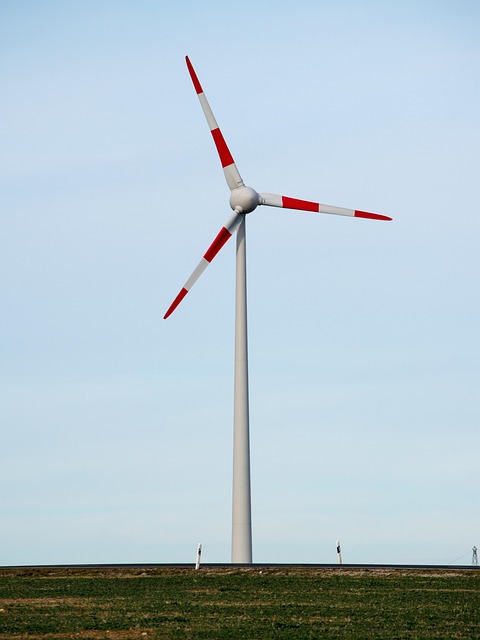The Science Behind Wind Power: How Turbines Generate Energy
Wind power is increasingly recognized as a vital component in the quest for renewable energy sources. Given the looming threat of climate change and the environmental impact of fossil fuels, harnessing the power of the wind offers a sustainable alternative. This article delves into the science behind wind power, specifically how wind turbines convert kinetic energy into usable electricity.
Understanding Wind Energy
Wind energy originates from the uneven heating of the Earth’s surface by the sun. Different surfaces absorb and release heat at varying rates, creating temperature differentials. As warm air rises, cooler air moves in to take its place, generating wind. This natural phenomenon can be harnessed effectively through wind turbines, which convert the kinetic energy of moving air into mechanical or electrical energy.
The Anatomy of a Wind Turbine
To grasp how wind turbines generate energy, it’s essential to understand their basic components. A standard wind turbine consists of several key parts:
- Blades: Typically designed with aerodynamic shapes, blades capture the wind’s kinetic energy. Most turbines have either two or three blades.
- Nacelle: This is the housing that contains the turbine’s mechanical components, including the gearbox and the generator.
- Tower: The structure that supports the nacelle and blades, towers are built to elevate the turbine above ground level, where winds tend to be stronger and more consistent.
- Yaw System: This mechanism allows the turbine to turn and face the wind, optimizing energy capture.
- Generator: The part of the turbine that converts mechanical energy from the rotation of the blades into electrical energy.
How Wind Turbines Work
The operation of a wind turbine can be broken down into several sequential steps, each critical to its ability to produce energy:
1. Wind Capture
When the wind blows, it strikes the turbine blades, creating lift thanks to their aerodynamic shape. This lift causes the blades to rotate around a hub. The amount of energy captured depends on several factors, including the wind speed and the design of the blades.
2. Rotational Energy Transfer
The rotation of the blades translates to rotational energy. This motion is transmitted to the generator housed within the nacelle through a shaft. The gearbox often intervenes, raising the rotational speed to ensure the generator operates efficiently.
3. Energy Conversion
The generator consists of magnets and coils of wire. As the rotor spins, it creates a magnetic field that induces an electric current—this is based on the principles of electromagnetic induction discovered by Michael Faraday. Essentially, the kinetic energy of the wind, converted into mechanical energy by the movement of the blades, is now transformed into electrical energy.
4. Transmission of Electricity
Once generated, the electricity flows from the turbine to a transformer, where it is altered to match the voltage of the local electrical grid or storage systems. From there, the electricity is transmitted for residential or commercial use.
Efficiency and Performance Factors
The efficiency of wind turbines can be influenced by a myriad of factors. One critical measure is the Betz Limit, which states that no turbine can capture more than 59.3% of the kinetic energy in wind. Real-world turbines typically achieve efficiencies between 30% to 45% due to losses in mechanical transmission and electrical conversion.
Another essential factor is wind speed. Wind turbines are designed to operate within specific speed ranges, known as the cut-in speed and the cut-out speed. The cut-in speed is the minimum wind speed (usually around 3-4 m/s) necessary for the turbine to generate electricity, while the cut-out speed (around 25 m/s) is when the turbine automatically shuts down to avoid damage from excessively high winds.
The Environmental Impact of Wind Power
Wind power is often lauded for its environmental benefits. It produces no air pollutants or greenhouse gases during operation, significantly reducing the carbon footprint compared to fossil fuel sources. Additionally, wind farms can coexist with agricultural practices, allowing land to be dual-utilized.
Challenges and Considerations
Despite its numerous advantages, wind power does face challenges. One of the primary concerns is the intermittency of wind, as energy production can fluctuate based on weather conditions. This inconsistency necessitates effective energy storage solutions or complementary energy sources to ensure a reliable power supply.
Another concern is the impact on wildlife, particularly birds and bats, that may collide with turbine blades. Ongoing research aims to address these issues, including the development of turbine designs that minimize risks to wildlife.
The Future of Wind Power
The future of wind power appears promising. Technological innovations continue to emerge, making turbine designs more efficient and cost-effective. Major advancements include larger blades that can capture more wind energy and floating turbines that can be placed in deeper waters where winds are stronger and more constant.
As countries shift towards greener energy policies to mitigate climate change, wind power is expected to play an increasingly significant role in global energy portfolios. With investment in infrastructure and technology, the transition to wind energy offers a sustainable path forward.
Conclusion
In summary, the science behind wind power is a fascinating interplay of physics, engineering, and environmental stewardship. Wind turbines represent a vital tool in harnessing renewable energy, converting the natural dynamics of wind into clean, sustainable electricity. While challenges remain, the ongoing development and adoption of wind technology herald a brighter, more sustainable energy landscape for the future.



